Microsoft Edge has made significant strides in recent years, offering features like Sleeping Tabs and Edge Collections to enhance the browsing experience. However, some users on Windows 11 may find that Edge isn't performing as swiftly as they'd like. The good news is that there are several ways to optimize Edge for better speed and responsiveness.
Method 1: Remove Unused Extensions
Extensions can greatly enhance your browsing capabilities, but having too many—especially outdated ones—can slow down your browser. Removing extensions you no longer use can help improve Edge's performance.
Step 1: Open Microsoft Edge. Click on the three-dot menu icon (⋮) in the top-right corner to open the menu. From the dropdown, select Extensions. This will bring up a prompt.
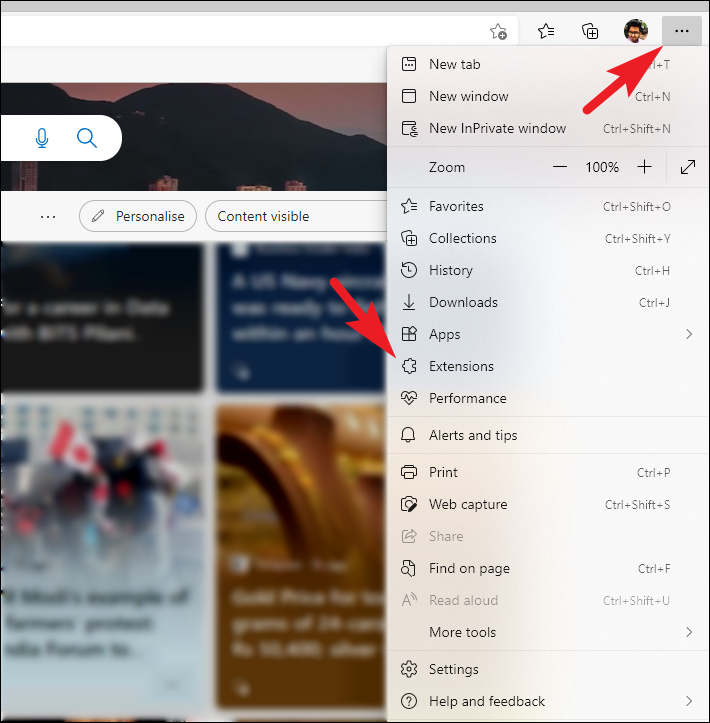
Step 2: In the prompt that appears, click on Manage extensions to view all installed extensions.

Step 3: Browse through your list of extensions under Installed extensions. For any extension you no longer need, click the Remove button on its tile.
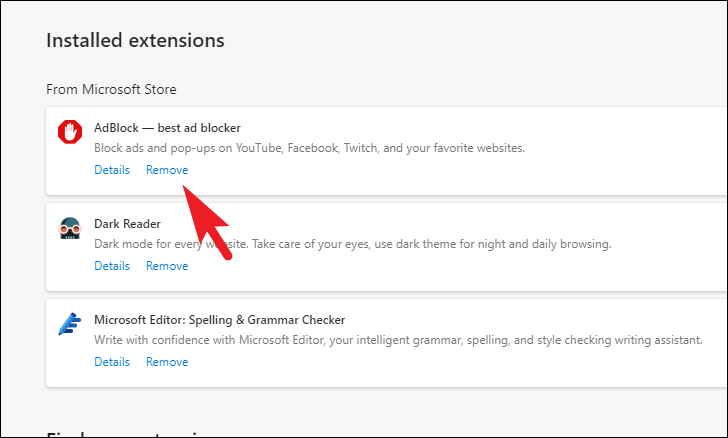
Step 4: A confirmation dialog will appear. Click Remove to uninstall the extension from Edge.
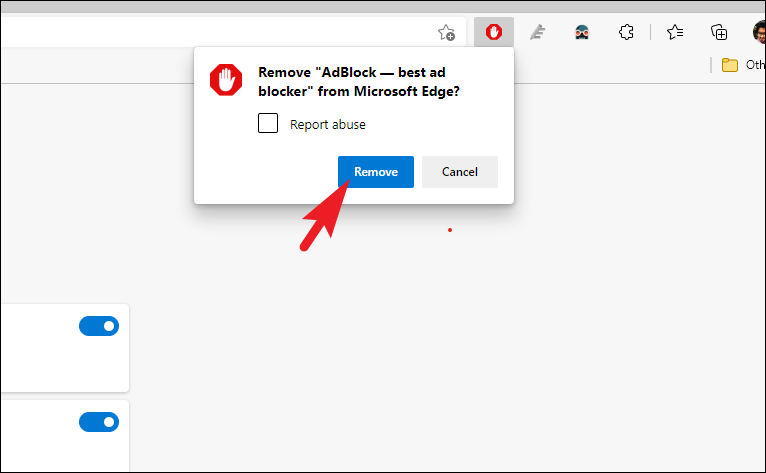
Method 2: Disable Edge on Startup and Restart Edge
Edge may start running in the background when you sign into Windows 11, which can consume resources and slow down performance. Disabling Edge from starting automatically and restarting the browser can help.
Step 1: Press Ctrl + Shift + Esc to open the Task Manager. Alternatively, you can search for Task Manager in the Start Menu.

Step 2: In Task Manager, click on the Startup tab.
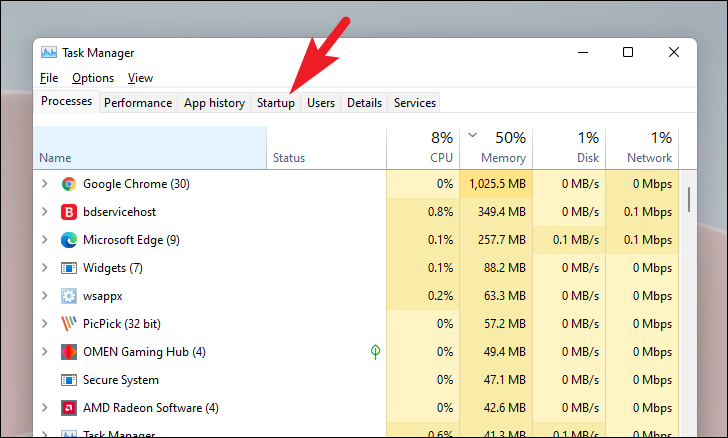
Step 3: Find Microsoft Edge in the list. Select it and click the Disable button in the bottom-right corner to prevent Edge from launching at startup.
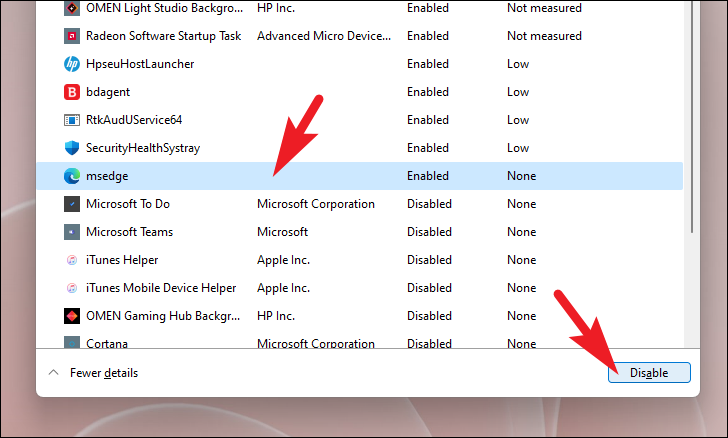
Step 4: Go back to the Processes tab. Select Microsoft Edge from the list and click End Task to close all running Edge processes.
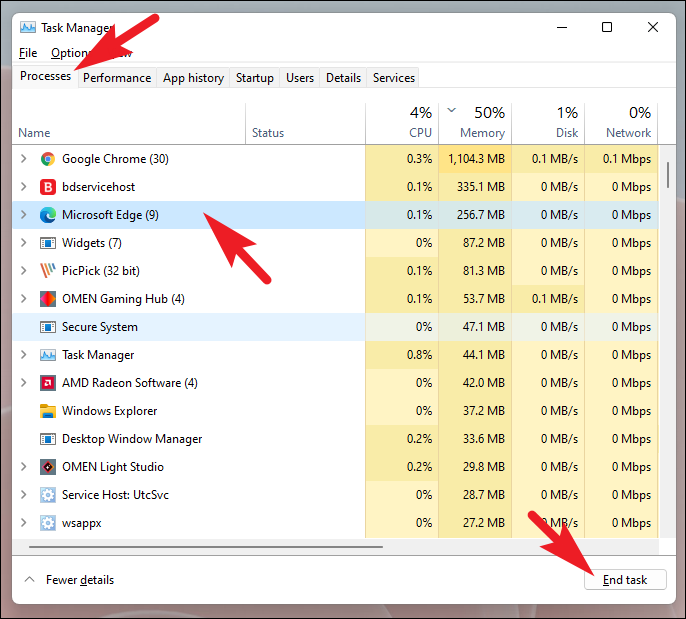
Step 5: Restart your computer and open Edge to see if performance has improved.
Method 3: Disable Preload New Tab Feature
Edge preloads the new tab page, which includes content like Microsoft News and background images. Disabling this feature can reduce resource usage and speed up the browser.
Step 1: Open Edge and click on the three-dot menu icon (⋮) in the top-right corner. Select Settings from the menu.
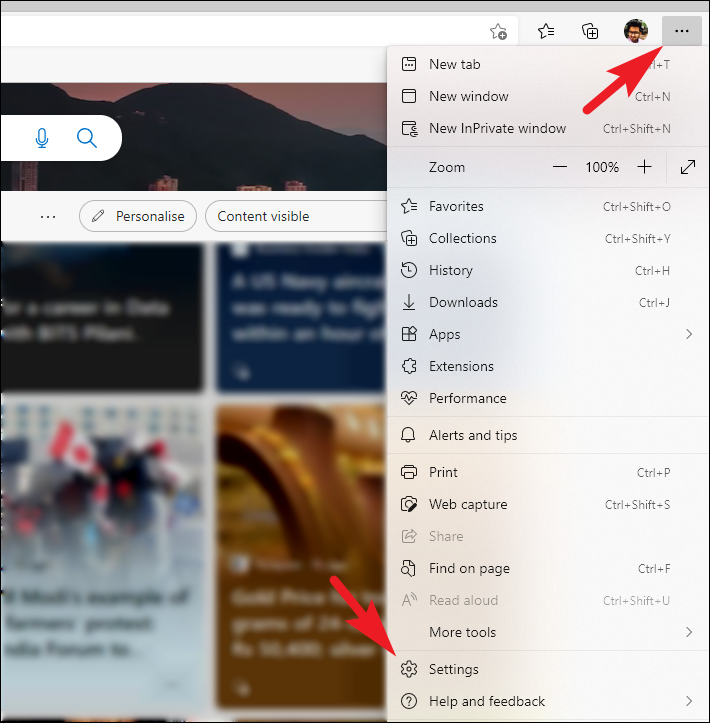
Step 2: In the Settings sidebar, click on Start, home, and new tabs.

Step 3: Under the New tab page section, toggle off the option Preload the new tab page for a faster experience.
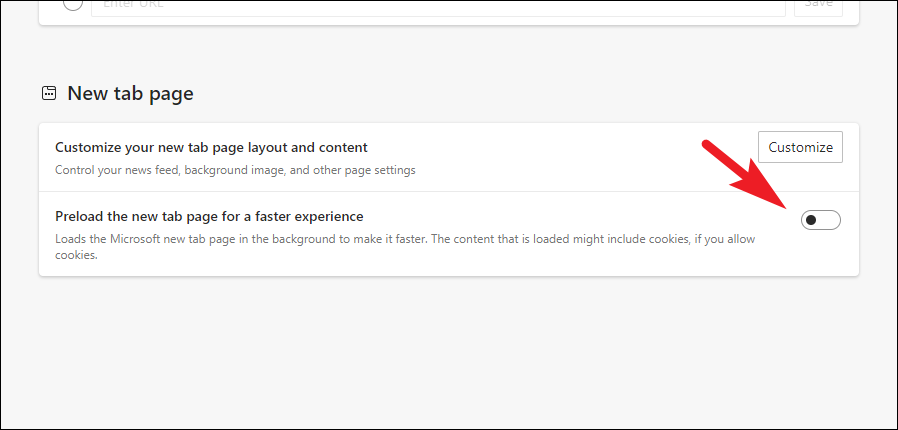
Step 4: Restart Edge to apply the changes.
Method 4: Tweak Tracking Prevention Settings
Edge's tracking prevention can sometimes interfere with website performance. Adjusting these settings may help pages load more smoothly.
Step 1: In Edge, click the three-dot menu icon (⋮) and select Settings.
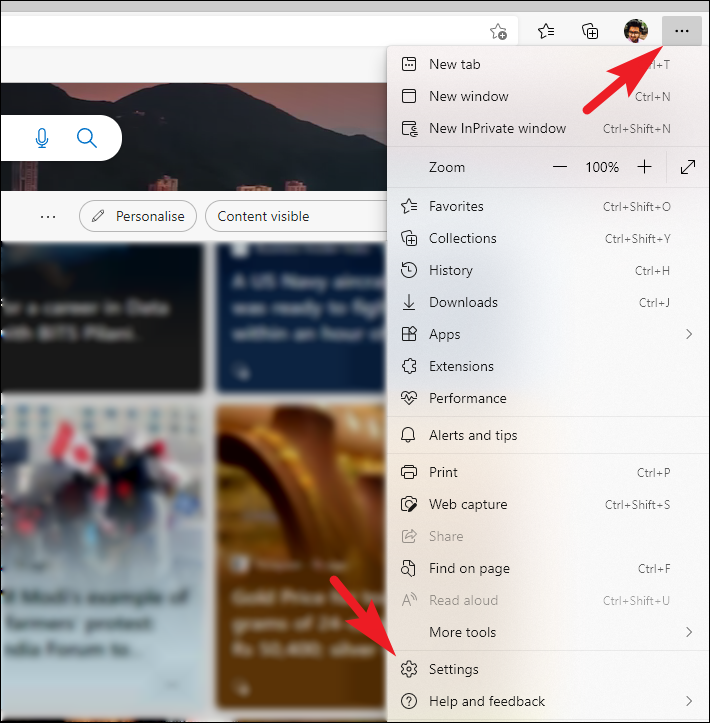
Step 2: Click on Privacy, search, and services in the sidebar.
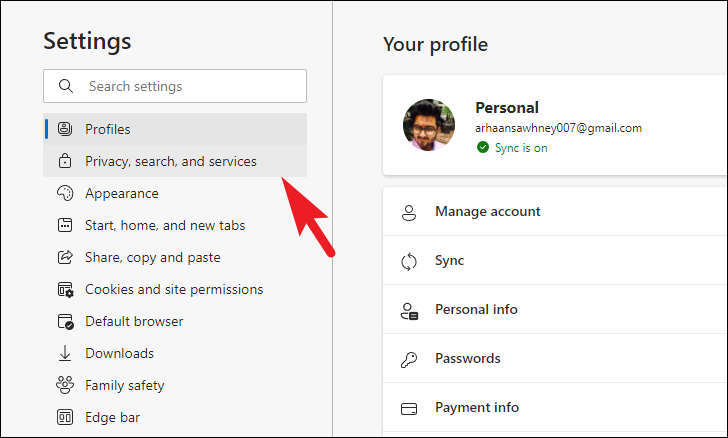
Step 3: Under Tracking prevention, select the Balanced option if it's not already selected.

Step 4: Toggle off Always use “Strict” tracking prevention when browsing InPrivate to ensure consistent tracking prevention settings.
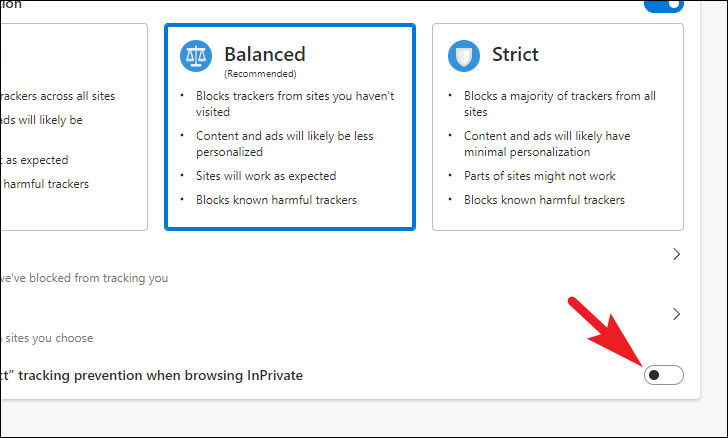
Step 5: Restart Edge to see if performance has improved on websites.
Method 5: Check for Updates Manually
Ensuring that Edge is up to date can resolve performance issues caused by bugs or compatibility problems.
Step 1: Open Edge and click the three-dot menu icon (⋮). Hover over Help and feedback and select About Microsoft Edge.
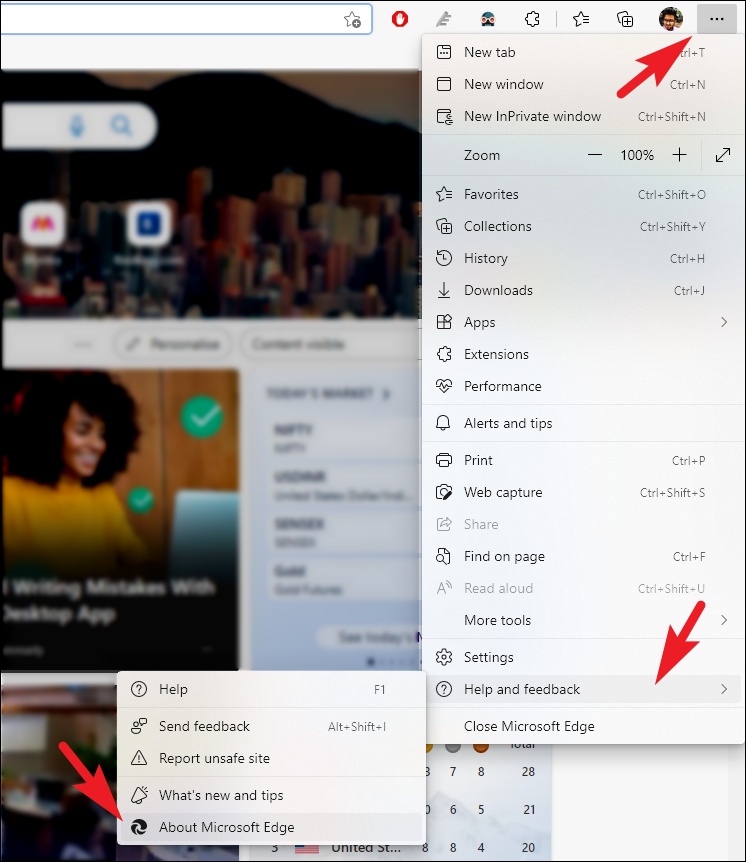
Step 2: Edge will automatically check for updates and install any that are available.
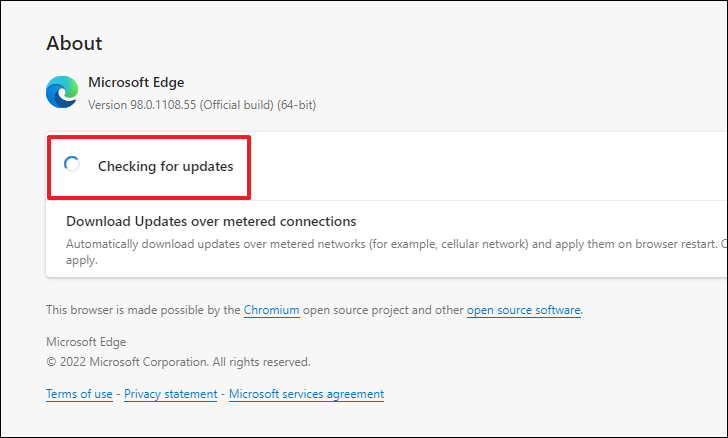
Step 3: If updates are not downloading due to metered connection settings, toggle on Download Updates over metered connections.
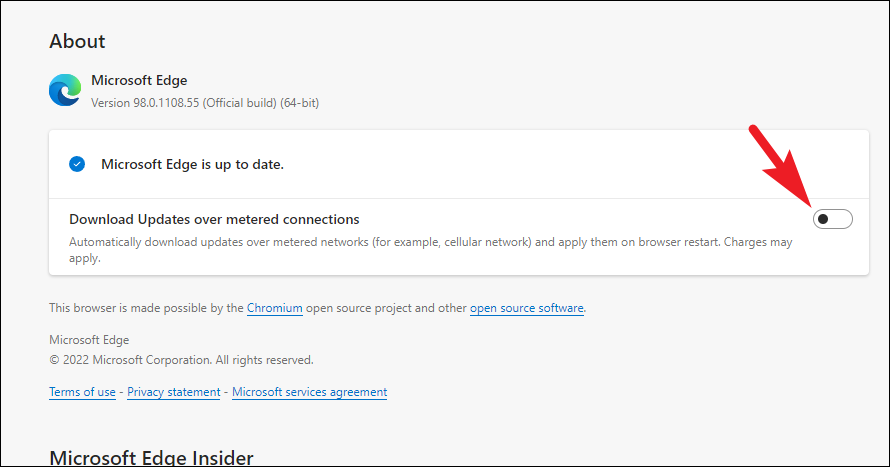
Step 4: Restart Edge after the update installation is complete.
Method 6: Delete Cookies and Site Data
Accumulated cookies and site data can sometimes slow down your browser. Clearing this data can help, but keep in mind it will log you out of websites and reset site preferences.
Step 1: In Edge, click on the three-dot menu icon (⋮) and select Settings.
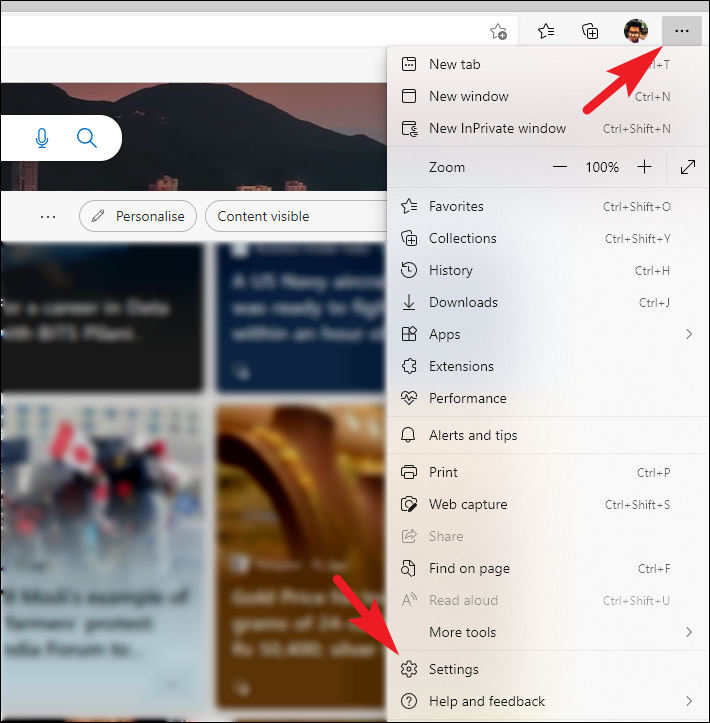
Step 2: Click on Cookies and site permissions in the sidebar.
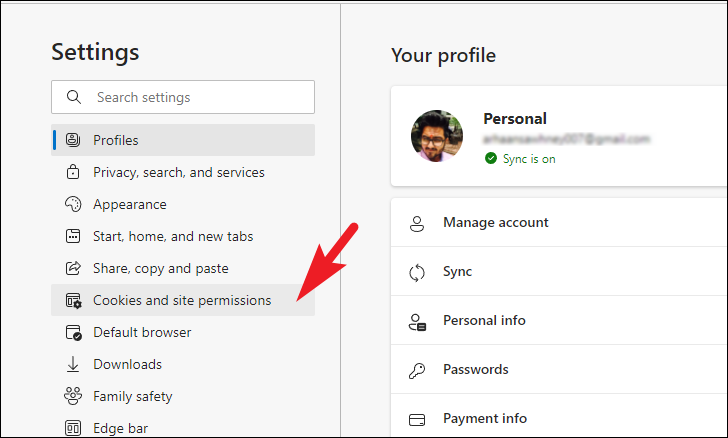
Step 3: Under Cookies and data stored, click on Manage and delete cookies and site data.
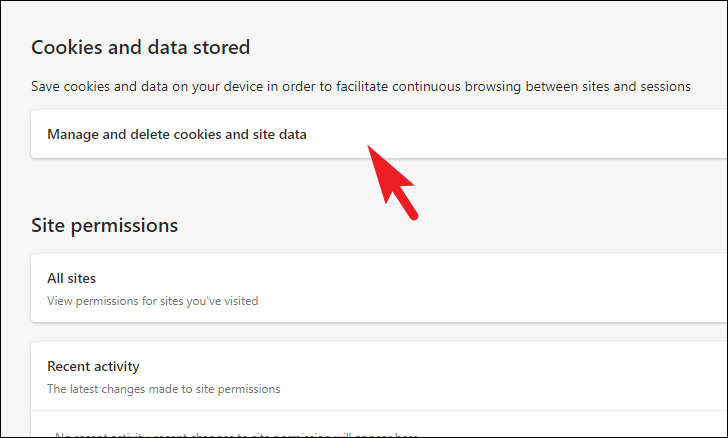
Step 4: Click on See all cookies and site data.

Step 5: Click the Remove all button to delete all cookies and site data.
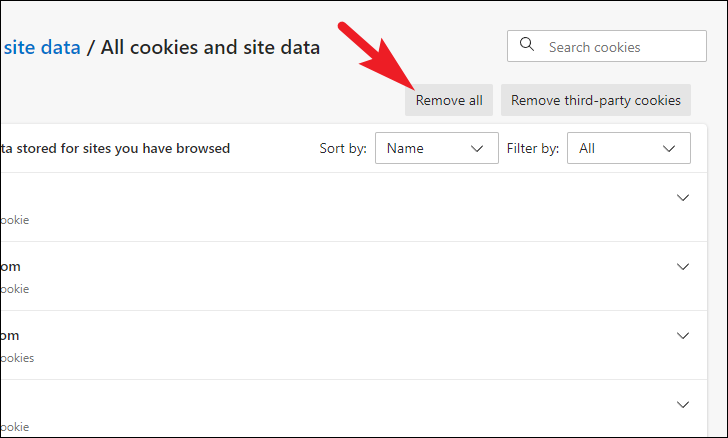
Step 6: Close and reopen Edge to notice any improvements in speed.
By following these methods, you can enhance the performance of Microsoft Edge on your Windows 11 system and enjoy a smoother browsing experience.

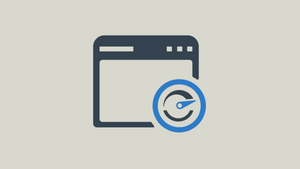




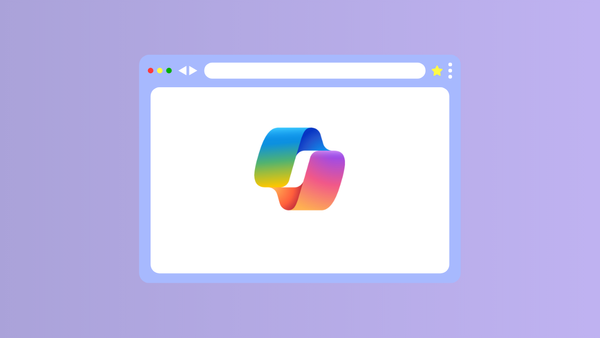


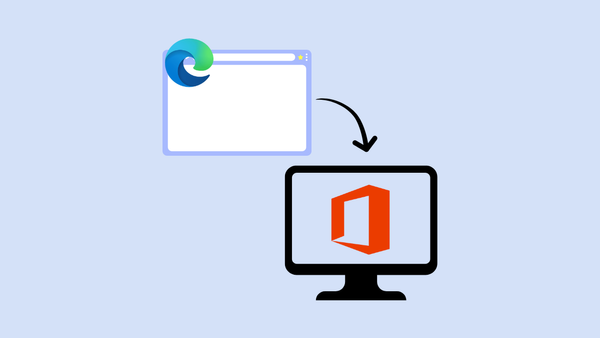

Member discussion